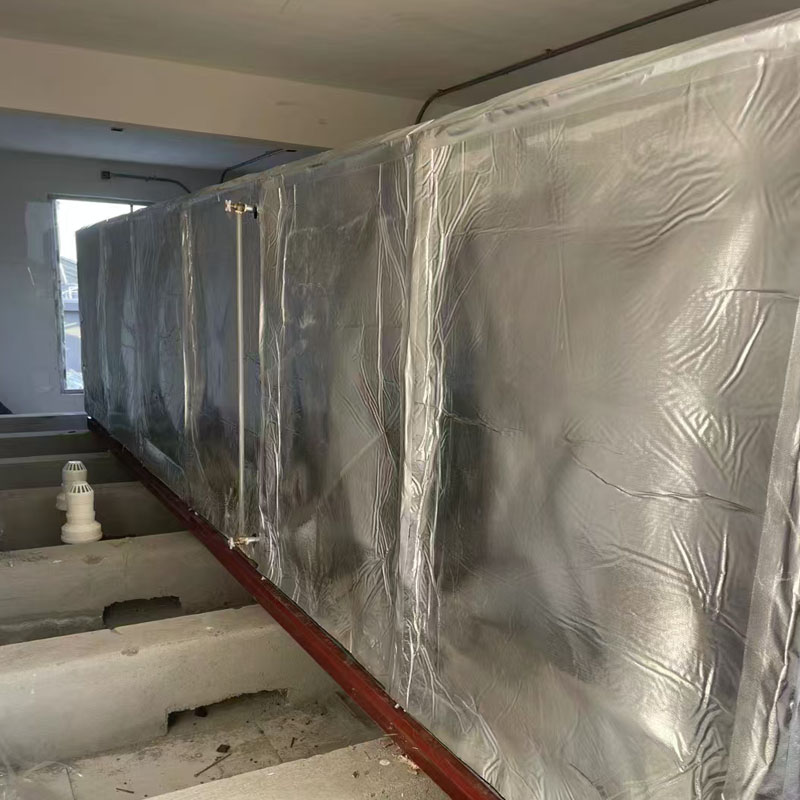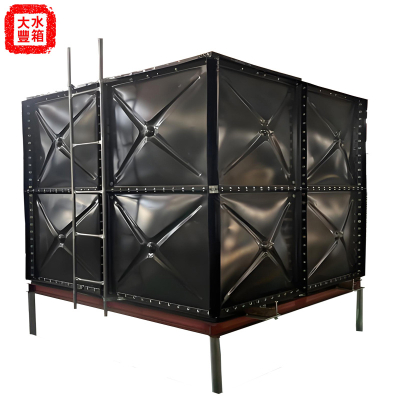Thermal Insulation Water Tank
Introduction and characteristics of insulated water tank:
Insulated water tank is different from stainless steel fire water tank. Insulated water tank refers to adding special industrial and insulation materials to the interlayer of the water tank, so that the water tank can maintain a certain temperature to meet the needs of life or industry. Insulated water tank is different from stainless steel fire water tank. Insulated water tank refers to adding special industrial and insulation materials to the interlayer of the water tank, so that the water tank can maintain a certain temperature to meet the needs of life or industry.
Features of the insulated water tank:
The inner box of the insulated water tank is made of stainless steel, and the outer box can be made of stainless steel or aluminum zinc plating. It is lightweight, aesthetically pleasing, and clean and hygienic; Polyurethane integral foam insulation layer has low heat loss and good insulation effect. The joint is welded with high-frequency resistance seam welding to ensure that it is not easy to rust or leak water.

The production principle of insulated water tank:
Insulated water tank refers to the use of insulation materials such as insulated cups as the core layer inside, and then using stainless steel water tank as the inner surface layer, while the outer layer is made of ordinary stainless steel plate. The combination of these three materials is the most suitable and excellent combination, which has initially formed a stainless steel insulated water tank. So the insulated water tank is composed of three layers: the core layer, the inner layer, and the outer layer.

Precautions for Insulated Water Tank:
1. Insulated water tanks can be installed on flat roofs, floors, or household series. They can also be installed on outdoor balconies, indoor kitchens, bathrooms, and other locations. 2. The installation position of the insulated water tank should be convenient for drainage from the sewage outlet, and the hot water tank should be located as close as possible to the water point and the installation position of the main unit to reduce heat loss in the pipeline. The installation of insulated water tanks on the ground must be done on a horizontal foundation with a height of 150mm or more, and the placement of the water tank should not affect the surrounding residents.











